Ankle Tendinitis
General information
There are two tendons positioned at the back of the outer ankle. The Peroneus Longus tendon and the Peroneus Brevis tendon. They are being held in place by a binding complex which is called the retinaculum. The tendons allow you to properly bend and lift your foot. The tendons also provide stability. Inflammation in and around the tendons, or tendinitis, can also occur in the ankle joint.
Causes
Tendinitis is mostly caused by overusage of your ankle. This irritates the Peroneus tendons. Overuse is caused by constantly burdening the tendon in the same way. Think of running and/or walking on uneven ground and certain other sportive activities. Other factors that give rise to tendinitis are: Wrong foot stance (overpronation, underpronation), fatigue, wrong shoes, obesity and warming-up insufficiently. Complaints can also arise after spraining your ankle. Because this affects the stability, the Peroneus tendon has to work extra to keep it stable. This overuse then leads to tissue damage in the tendon, which causes the ankle to swell and become painful.
Treatment
Usually, an ultrasound is taken to identify problems in or around the tendon. Tears and inflammations will become visible. An MRI scan can also confirm the diagnosis. Usually, tendinitis and other tendon related problems are treated by therapy. Quitting sports, wearing a brace, immobilization by a plaster cast, medicine and physiotherapy are just a few examples of what you could do to prevent having to undergo surgery. When it comes to wearing a brace for support and treatment purposes, we can recommend you the following braces: the Gladiator Lightweight Ankle Support Max and the Medidu Premium Ankle Support will help you best when you're experiencing complaints. If these options fail, you can always opt for surgery. If your tendons are torn, you always have to undergo surgery. Therapy after such a surgery can take in between 3 - 6 months. Rehabilitating from such a surgery usually takes 3 - 6 weeks.
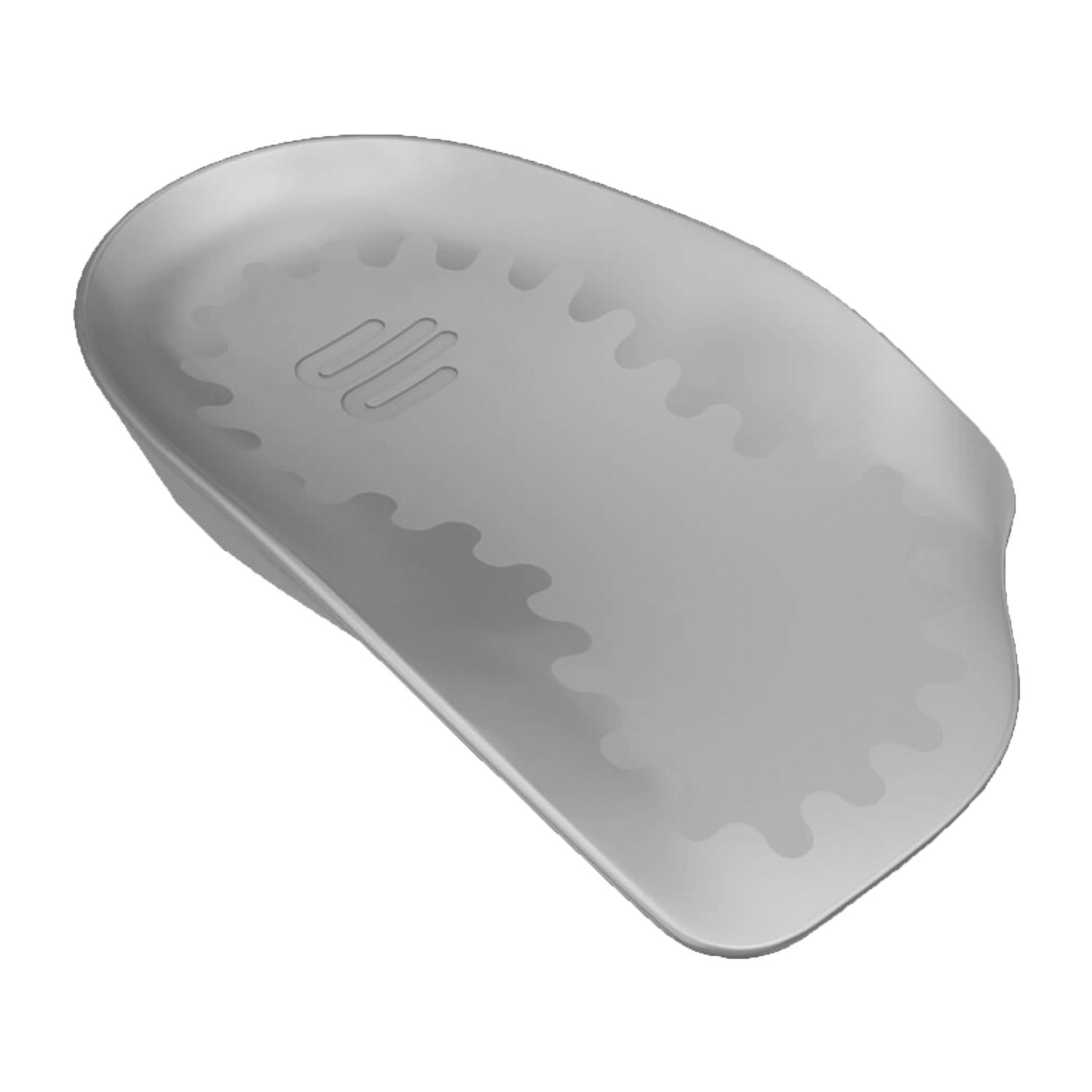
Bauerfeind ViscoHeel Heel Pads
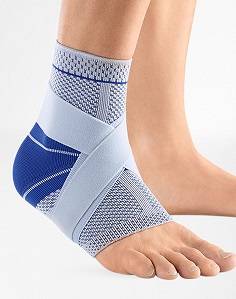
Bauerfeind MalleoTrain S Ankle Support

Bauerfeind MalleoTrain Ankle Support
Protection level 2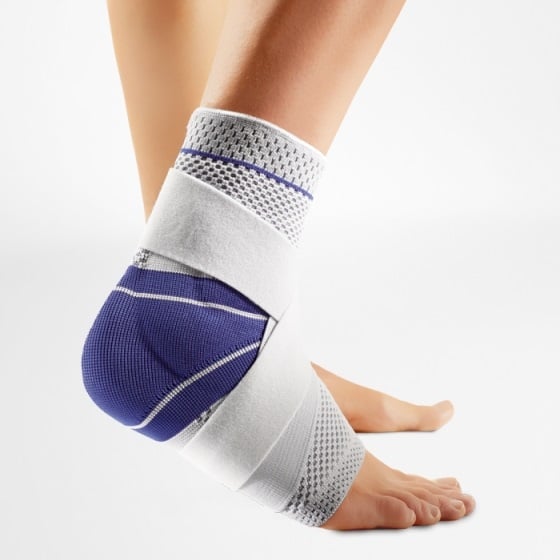
Bauerfeind MalleoTrain Plus Ankle Support
Protection level 2
Bauerfeind AirLoc Ankle Support
Protection level 3
Gladiator Sports Lightweight Ankle Support with Straps

Morsa ThermoCY Lightweight Ankle Football Support
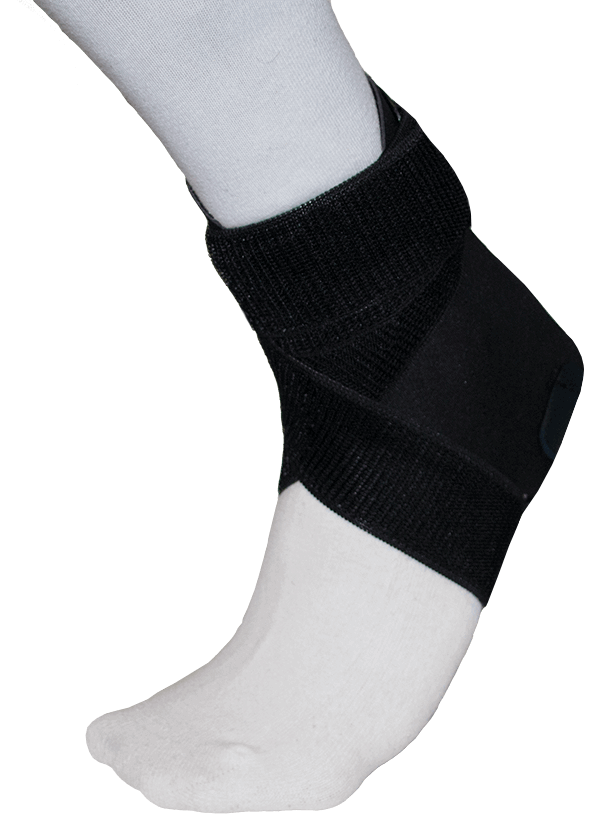
Gladiator Sports Lightweight Ankle Support Max
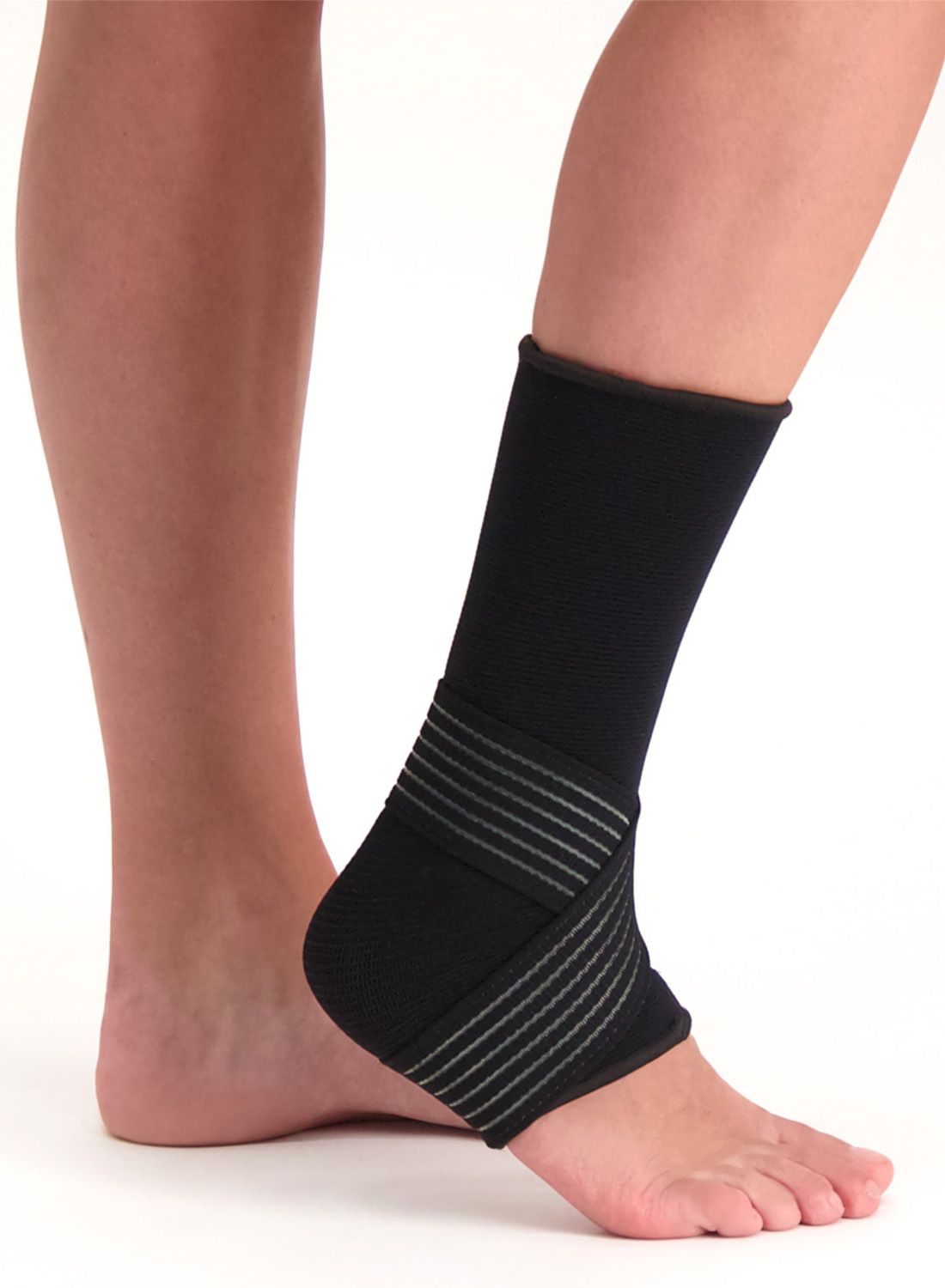
Dunimed Premium Ankle Support (Black & Beige)

- Physiotherapist
- Sports podiatrist
- Manual therapist
- Podopostural therapist
- Myofascial dry needling specialist

